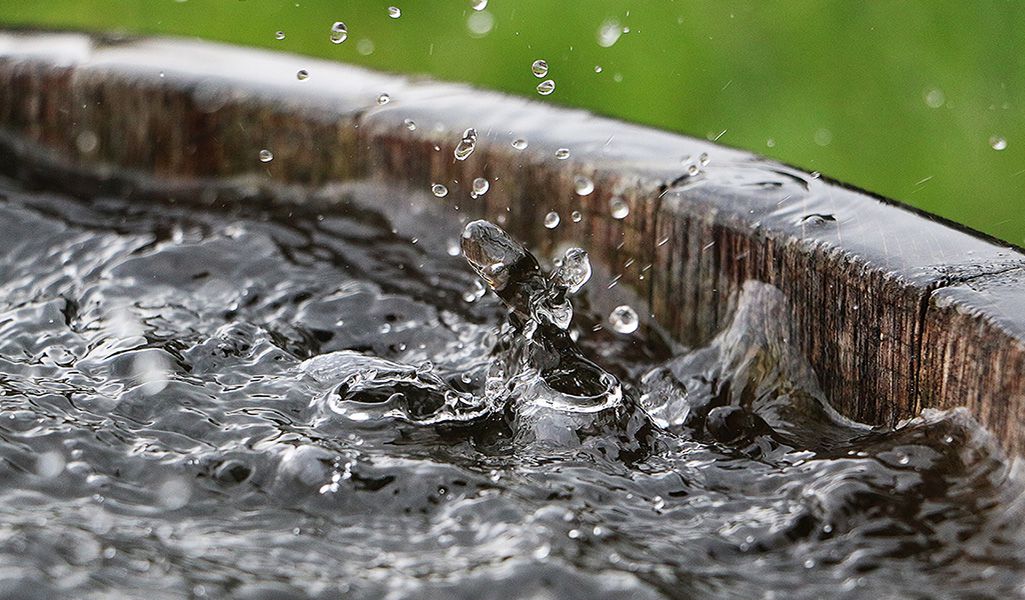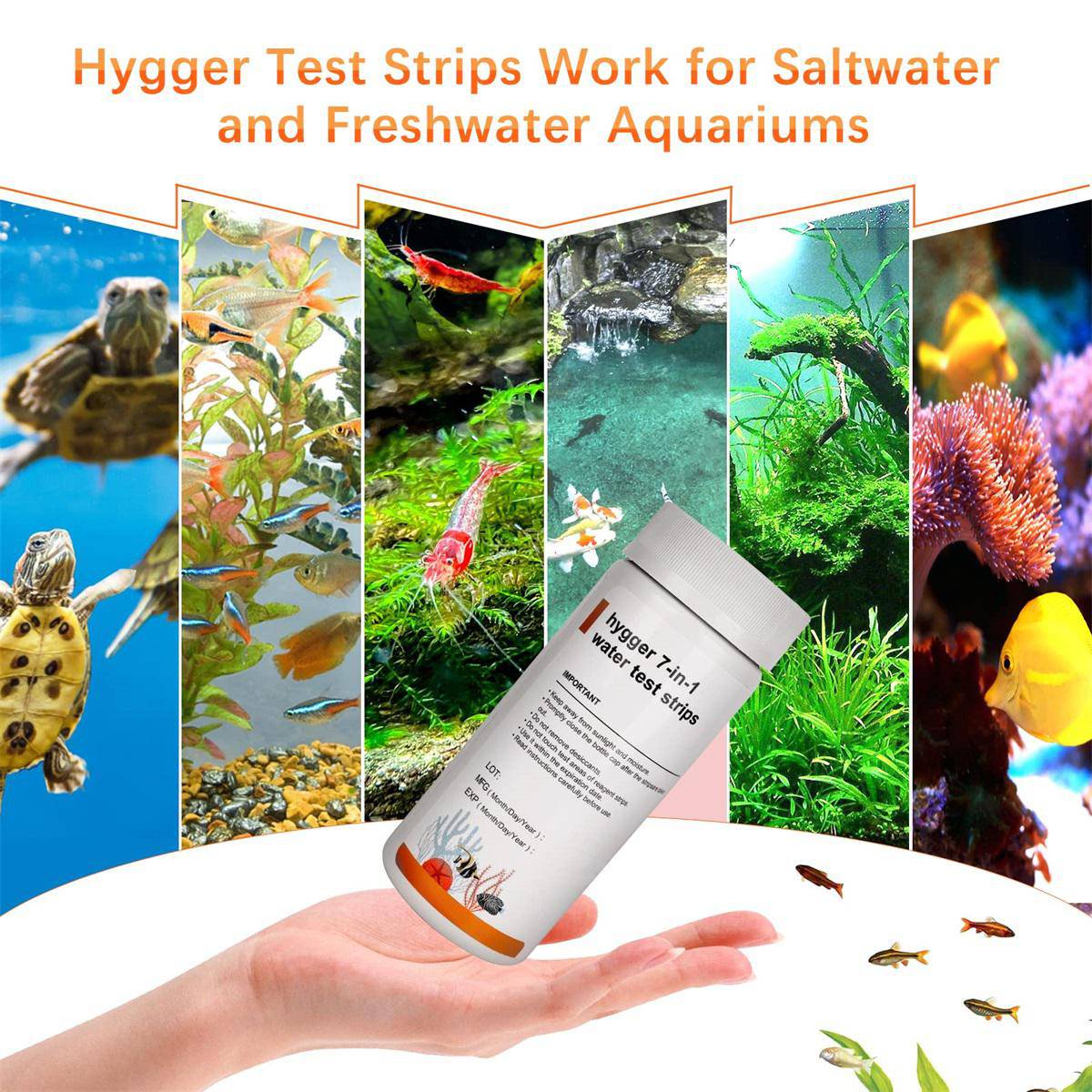8 Best Water Sources For Your Aquarium
By Pawanpreet Singh Gill from advancedwatertek.com
Are you fond of fish? Then you must have thought about purchasing an aquarium. Haven’t you? But taking care of the aquarium is also one of the important tasks. Now, the health of fish also needs to be taken into consideration, and for that, the quality of water does matter a lot.
For filling a tank with good-quality water, you need to find the best water source for your fish. If you randomly keep putting the water in the tank without considering the quality of water, it will end up with an unhealthy environment for the fish and they won’t be able to survive for longer periods.
Now, you must be wondering about the best water source. Right? So, here are some of the best aquarium source water which you can provide for the fish in an aquarium.
Content Table
Tap water
It is the most preferred choice for all fish keepers because of its economical value. Those who adopt an aquarium in the house, have easy access to running water, especially tap water and fish will feel safer with this water. However, you cannot rely fully on tap water as you have to check if the water is supplied from the municipal/city water supply. If yes, then it might have chlorine-mixed water. For that matter, you need to use a chlorine remover and change water on schedule for the safety of the fish.
Well water
Unlike tap water, it is completely chlorine-free water. However, it is subject to other problems. Firstly, it is not regulated by municipal authorities which may escalate the problems of having toxins in the water depending on the area you live. This water is also used for agricultural purposes which have a high chance of having bacteria and other fertilizers. Because of the industries, it may be filled with pesticides, herbicides, and insecticides. Various water treatment solutions providers can treat this water and make it fit for your aquarium.

Tap water
Reverse Osmosis (RO)
RO is used to remove intoxicants from the water and hence make it clean. It removes 98%-99% solid waste making the water pure and free from hardness, chlorine, and pollutants. It may be ineffective against certain bacteria. For that, you can use a remineralize to get rid of certain unwanted substances.
Deionized water
The principle used in deionized water is quite complicated. A deionized unit has filters attached to it which are filled with chemical resin. And this resin attracts and stops contaminants and in place of contaminants, it injects the ingredients which make the water pure. Deionized water is one of the fantastic options you can choose to ensure that the water in the aquarium is free from chemicals and other intoxicants. You can consider this aquarium source water even better than Reverse Osmosis because it can eradicate those harmful substances as well that Reverse Osmosis can’t but like Reverse Osmosis, you have to use remineralize technique before putting this water into use.
Distilled water
This water is made in industries where the water is boiled to produce steam. Because boiling gets rid of bacteria. Then, the steam is set free for cooling, it is then turned into pure water and next sold as distilled water. It may not be practical for larger fish tanks. Again, like RO and Deionized water, you need to remineralize it first before its usage.
Bottled water
It is specifically manufactured for human consumption and not for pets and other animals. As it is made for humans, you should send this water for test first and make the required adjustments to make it fit for the fish. Additionally, some part of the water is filled with a high amount of chlorine which needs to be removed before use. Bottled water is generally at a higher price and as a result, it may cause a financial burden on you to maintain the aquarium. For instance, if you have a larger tank, then you may need to purchase more bottled water and it will add to the cost.

Rainwater
Rainwater is one of the best natural resources you can use for your aquarium. The main thing which you should take care that is the pH value of rain. It may vary in different regions due to climatic conditions. So, you should test the pH of rainwater before use. Moreover, if you are living in big cities or near industries, there is a high chance that the rainwater will contain pollutants present in the pipes, gutters, tubing, and rooftop. In this case, testing of rainwater becomes mandatory for the health of the fish.
Natural waterways
Do you live nearby rivers, lakes, etc? Then you must have observed fish living there. So, you can conclude that water must be safe. Just understand the difference. The fishes living in rivers, and lakes, have adapted themselves to live in that water but the fishes in aquariums, need different water.
Do you know many waterways are polluted too due to increased trade? You may find that the water is clean but it’s not. It contains industrial and agricultural chemicals. Waterways also contain fungi, parasites, and viruses. The fishes in the aquarium aren’t prepared enough to battle with them. Though you need some authorities to check the quality of the water and then you can use it to fill the tank of the aquarium.
Fishes are the beautiful creation of God. And if you are a fish enthusiast, just keep in mind that the survival of fish is completely dependent on the quality of the water. No matter, which water source you use for the aquarium, it is highly crucial that you do the water quality test before you put it into use. Substances like ammonia, nitrates, calcium, and phosphorous are first to be tested. And in the case of rainwater, test its pH as mentioned above. Just remember, TESTING IS THE ONLY KEY. Test findings will ensure whether the water is suitable for further use in the aquarium.



